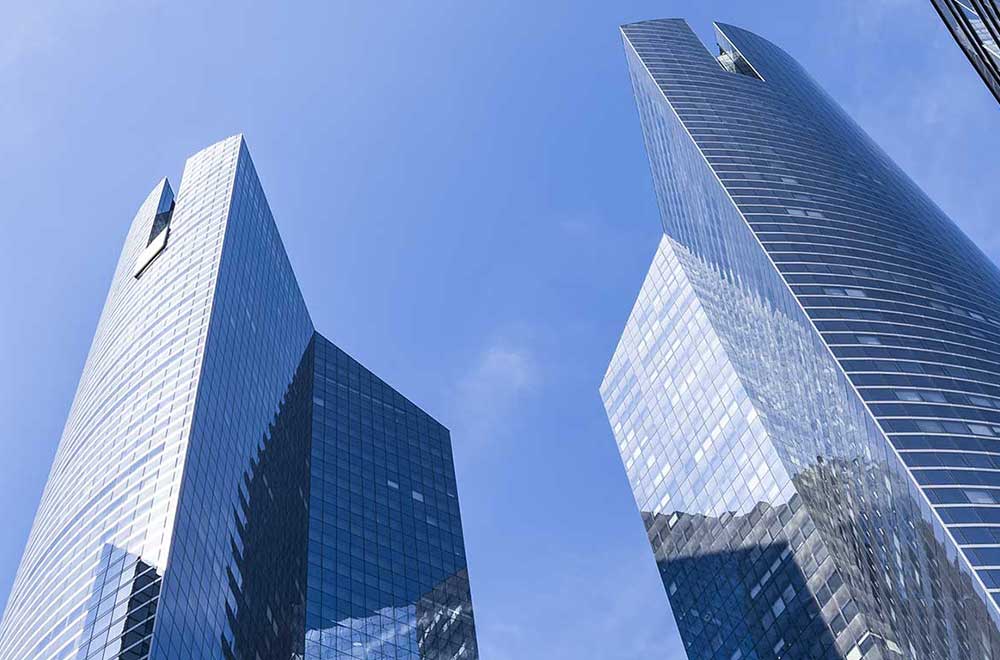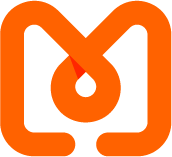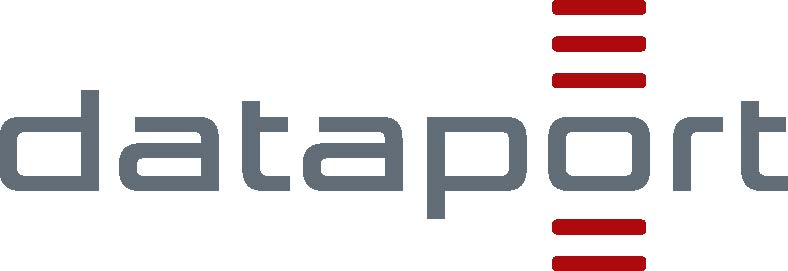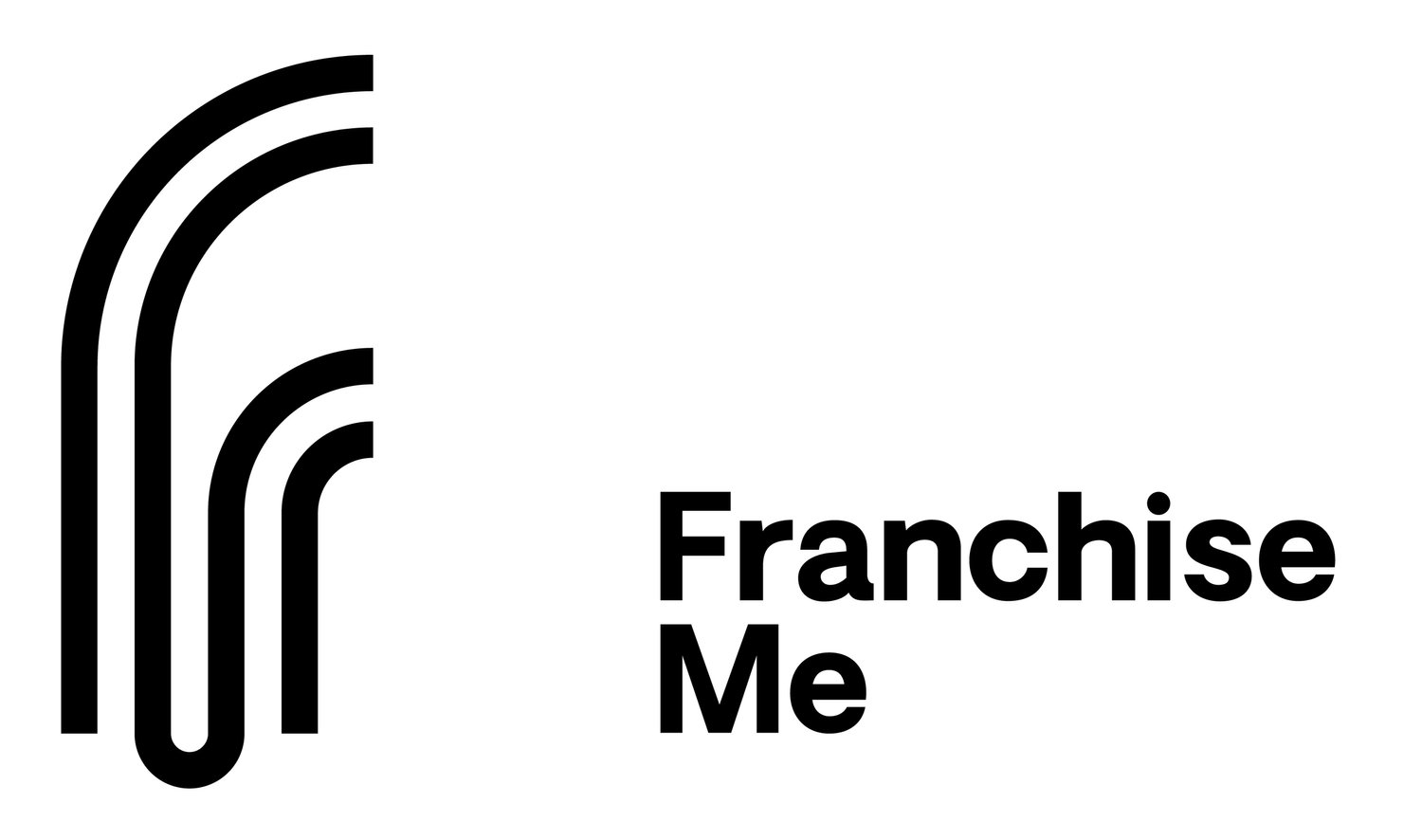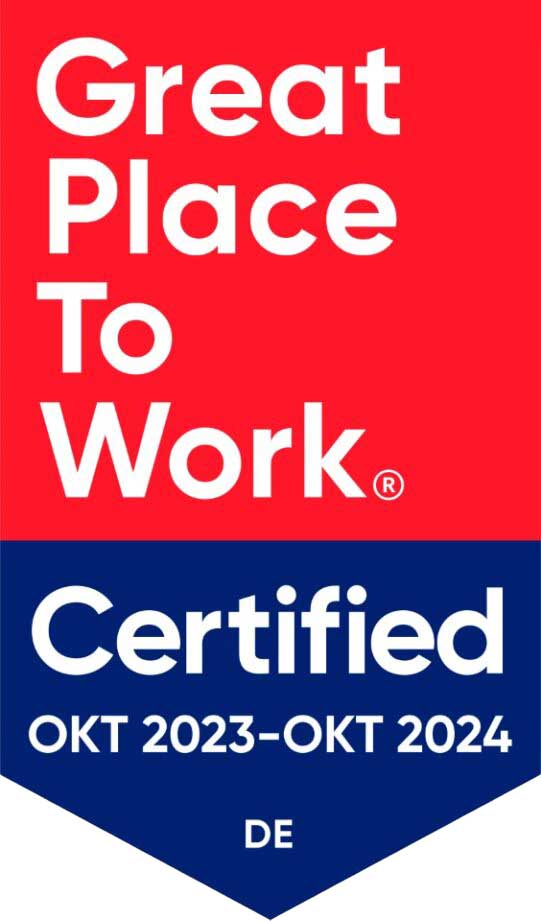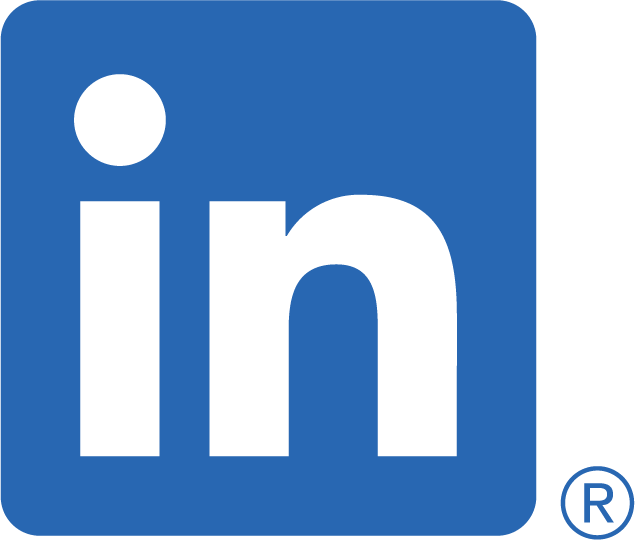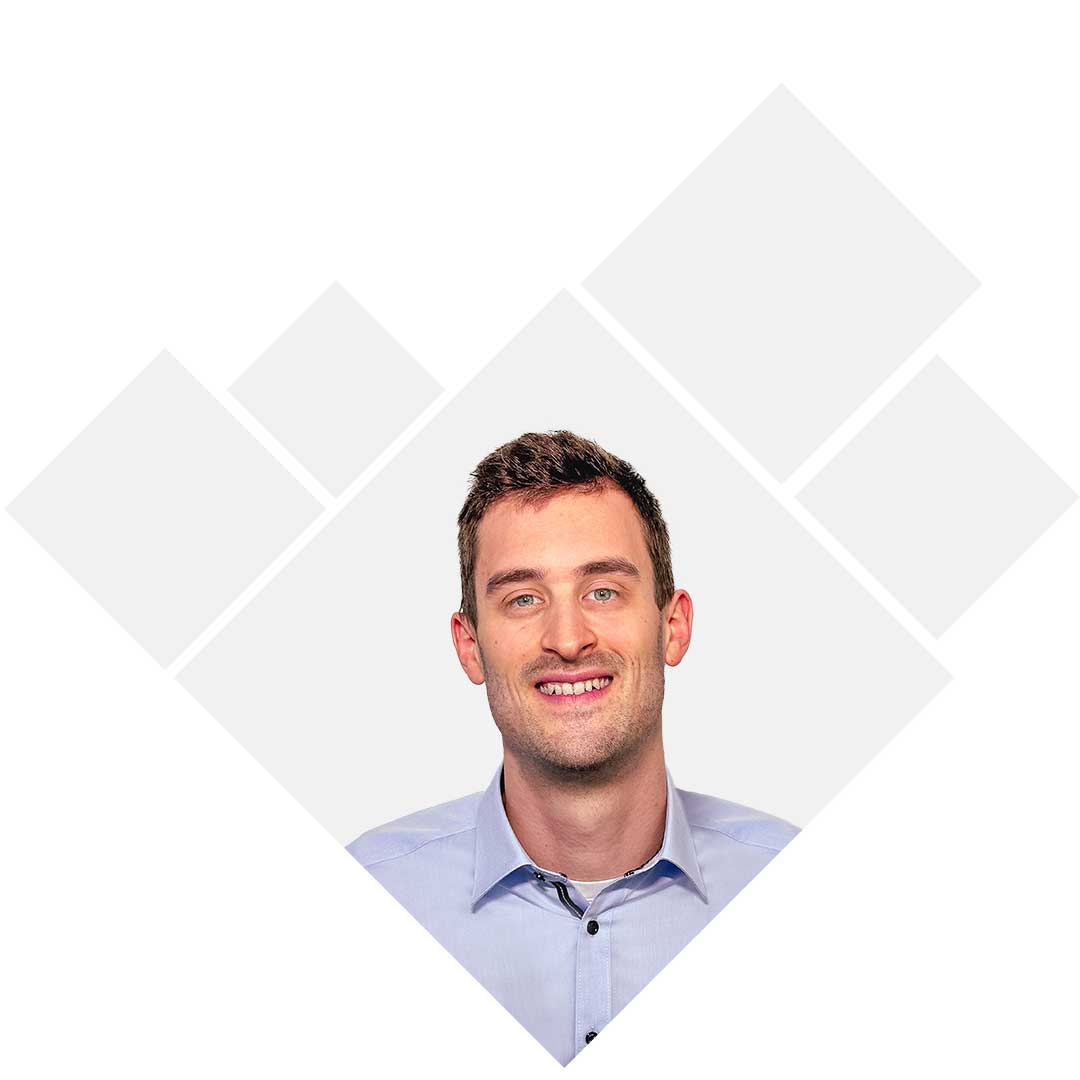
Innovative Softwareentwicklung
Software von und mit birkle IT ist Software für die Zukunft.
Lassen Sie uns heute Ihr Innovationsprojekt starten.
Geschäftsmodelle digitalisieren mit innovativer Software von birkle IT
Die digitale Transformation ist in allen Geschäftszweigen angekommen: Um heutzutage wettbewerbsfähig zu bleiben, sollte jedes Unternehmen seine Geschäftsmodelle konsequent optimieren und digitalisieren. Neben der Implementierung von Unternehmenslösungen steht die digitale Weiterentwicklung von Prozessen mit Hilfe modernster Technologien wie NLP (Natural Language Processing) und KI (Künstlicher Intelligenz) hoch im Kurs.
Mit unserer deutsch-baltischen Innovationskraft stehen wir Ihnen vom Consulting über die individuelle Softwareentwicklung bis hin zu Spezialthemen wie KI, Cloud oder der Modernisierung von Mainframe Architektur mit unseren Spitzenteams zur Seite.
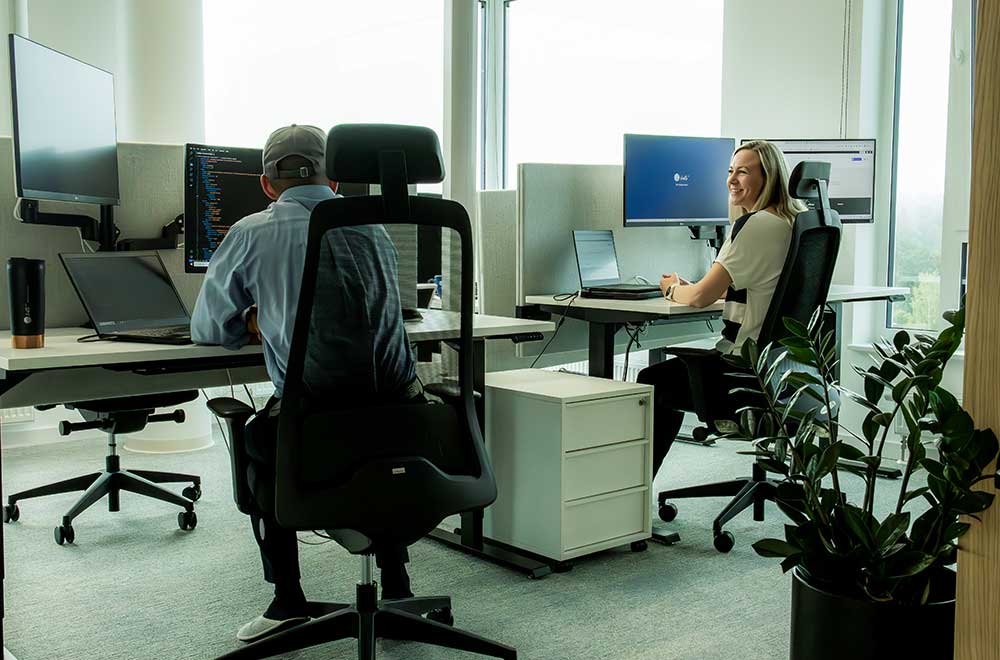
Software-Entwicklung mit fundiertem Branchen Know-how
Unser Branchen Know-how setzt sich aus zahlreichen erfolgreich umgesetzten Projekten und der Expertise in unserem Management zusammen. Kombiniert mit unserem Bestshoring-Modell gibt es keine bessere Lösung für jedwedes IT- und Software-Projekt.
Automatisiertes Fallmanagement, Bild- und Mustererkennung – Cloud, Mainframe oder Portfolioveränderungen – im Bereich Versicherungen gibt es viele verschiedene IT-Herausforderungen. Als Experten für die Vernetzung von Anwendungen – beispielsweise dem Zusammenbringen hunderter Schnittstellen – stehen wir Ihnen genauso zur Verfügung, wie bei der Planung von neuen (automatisierten) Prozessen.
Wir verfügen insgesamt über Jahrzehnte an Versicherungserfahrung im Unternehmen.
Unsere Kunden gehören zu den Spitzenreitern der Logistikbranche – und haben mit uns bereits zahlreiche Digitalisierungs- und Optimierungsprojekte umgesetzt. Dieses Expertentum bringen unsere eingespielten Bestshoring-Teams mit, wenn es um Ihre Herausforderung in der Logistikbranche geht.
Lernen Sie unsere logistikerfahrenen Teams kennen und schätzen.
Wir konnten bereits mehrere Digitalisierungsprojekte für öffentlich-rechtliche Träger realisieren. Oberste Bundesbehören vertrauen der Expertise unserer Softwareentwickler und Consultants. Besonders die Expertise unserer Nearshoring-Hubs in Estland und Litauen sind gefragte Vorreiter für die Umsetzung öffentlicher Software Projekte.
Von Sicherheit über Logistik bis hin zu innovationsprojekten zählen wir bereits viele öffentliche Institutionen zu unseren Kunden und Partnern
Mit unserem Innovation Hub in Vilnius – Litauen haben wir Kontakte zum Puls der Zeit, wenn es um Finance-Innovationen und Fintech geht. In der Vergangenheit konnten wir bereits mehrere Innovationsprojekte im Banken und Fintech-Sektor begleiten.
Gerne prüfen wir mit Ihnen auch Ihr Vorhaben
Von Automatisierung bis KI
Immer einen Schritt voraus – dank Pionierwissen aus dem Baltikum.
Warum Sie bei birkle IT die beste Projektaufstellung erhalten
Wir arbeiten mit kleinen, mittleren und großen Kunden in verschiedenen Modellen zusammen. Je nach Art der Unterstützung, die Sie benötigen, stehen unsere Liefermodelle für Ihre individuelle Projektflexibilität. Mit unserem Bestshoring-Modell, das Spezialisten innerhalb Europas bündelt, bieten wir zudem eine optimale Projektkosteneffizienz.
Unsere Delivery Modelle auf einen Blick
Beeindruckende Projekte
birkle IT steht für effiziente Projektumsetzung und innovative Lösungsansätze –
überzeugen Sie sich von unseren Referenzprojekten.
Zufriedene Kunden – starke Partner
Eine Vielzahl an Kunden und Partner vertraut bereits auf unsere Projekt-Expertise.
„Die birkle IT-Experten überzeugen in unseren Projekten durch höchste Qualität, Zuverlässigkeit und Termintreue – auch zu Festpreisen. Das fundierte versicherungsspezifische Know-how, die hohe Innovationskraft und die ausgeprägte Kundennähe haben mich besonders positiv überrascht – daher jederzeit gerne wieder.“
Dr. Ralf Schneider, (bis 2023) Group CIO, Allianz SE
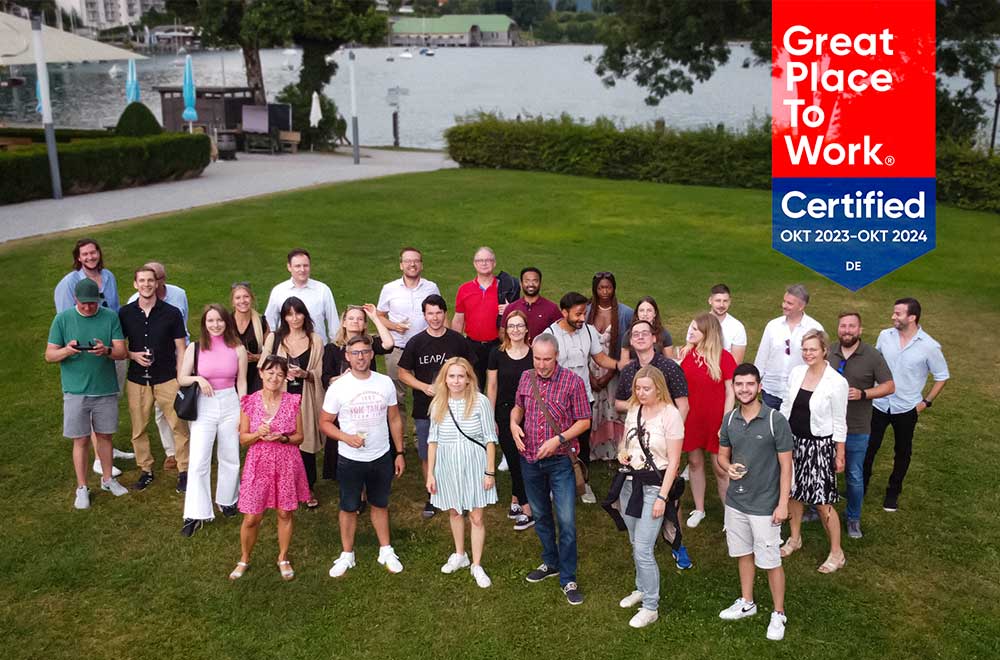
Wir sind birkle IT
Die birkle IT AG wurde 2016 von Jörn Halbauer mit der Vision gegründet, IT-Projekte effizienter umzusetzen und die Digitalisierung von Unternehmen im DACH-Markt zu beschleunigen. Als mittlerweile über 150 Personen starkes Team vereinen wir die Vision von einer technologiestarken, zukunftsfähigen europäischen Marktwirtschaft mit dem Glauben daran, dass nur großartiges Teamwork diese Vision erreichen kann.
Deshalb legen wir als Great Place to Work auch
besonderen Wert auf unsere Mitarbeiterbindung.
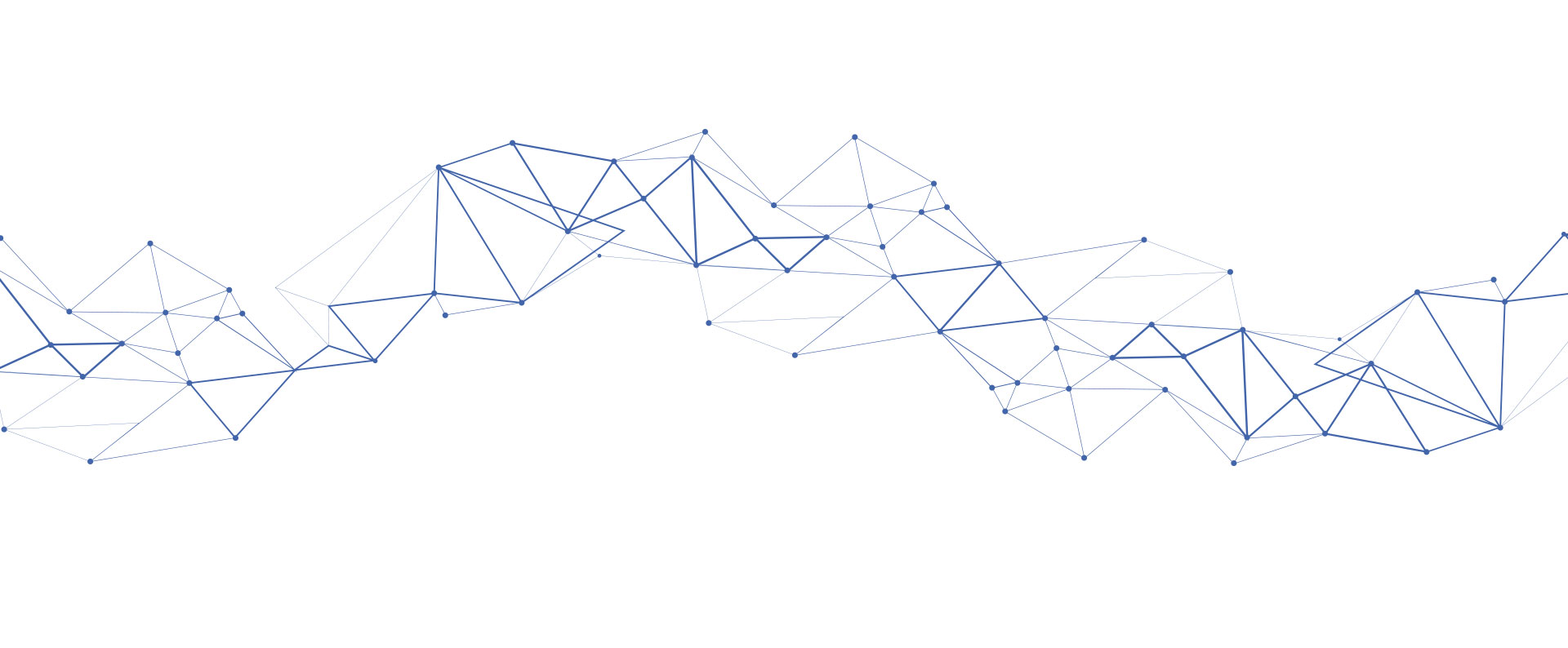
Mit Digitalisierungsexperten aus dem Baltikum und durchdachten Projektstandards realisieren wir innovative Softwareentwicklung für unsere Kunden.
Unsere agilen Projektstrukturen erlauben eine schnelle Skalierung von Projekten jeder Art und Größe.
Ob Kunde, Mitarbeiter oder Lieferant – wir verfügen über eine breite Expertise in der Entwicklung von Portalanwendungen.
Mit unseren Experten für UI/UX und Apps entwickeln wir ansprechende Portale für jedes Endgerät.
Unsere langjährige Erfahrung qualifiziert uns als Ihren idealen Partner für Ihr Digitalisierungsvorhaben.
Wir stellen verschiedene Experten spezieller Fachbereiche von Cloud bis KI zur Verfügung. Gerne bringen wir Sie mit Ihren individuellen Beratungsexperten an einen Tisch.
Lassen Sie uns gemeinsam herausfinden, wie KI-Anwendungen Ihre Geschäftsprozesse automatisieren können.
Lassen Sie uns Ihren KI-Reifegrad herausfinden und gemeinsam besprechen, wie KI für Ihre Firma relevant werden kann und sollte.
Wir bringen Ihre bestehenden Anwendungen in die Cloud und schaffen damit eine flexiblere und skalierbarere Infrastruktur.
Wir entwickeln individuelle Softwarelösungen als Cloud as a Service für Sie.
Unsere Experten beraten Sie bei Ihren IT-Sicherheitsprojekten.
Wir bringen Sie mit passenden Partnern zusammen oder unterstützen mit Entwicklern und/oder DevOps bei Ihrem IT Security Vorhaben.
